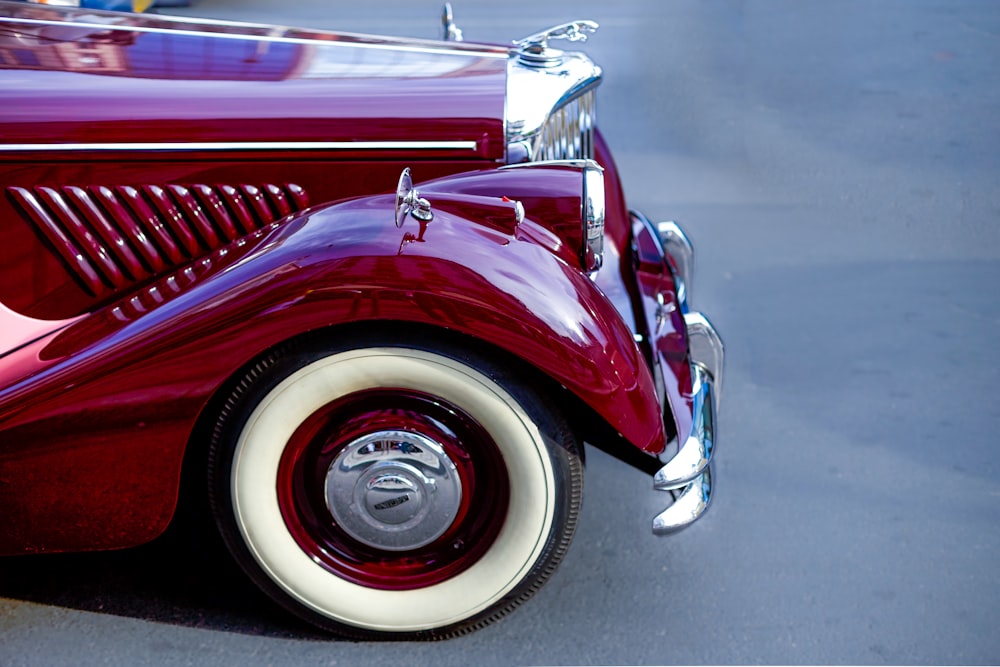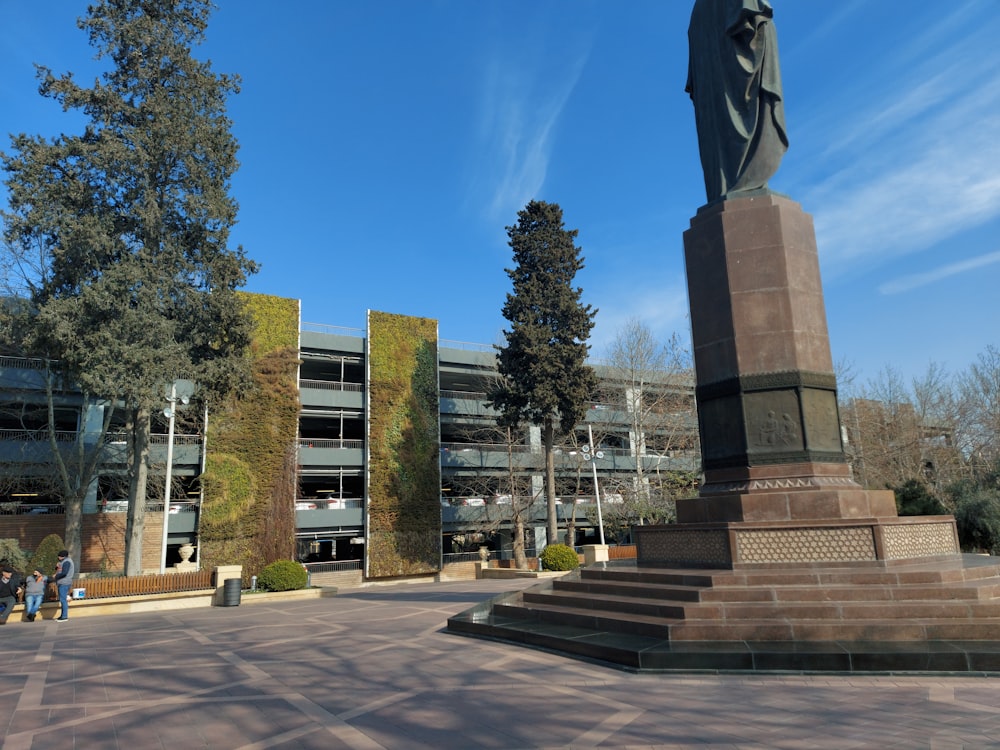Do you could have time to kill in the city of Columbus Ohio? Beginning several months before the artists Chuck Close and Lola Schnabel posed for pictures at the exhibition’s V.I.P. cocktail get together, and continuing by way of the weeks when visitors flocked to the 36th Avenue prepare stop to see it, dozens of artists who had studios in Trade City had been packing up their oil paints and brushes and leaving.\n\nIts passage sparked a rush to build beet sugar factories all across the state and would in accordance with its supporters, go a good distance toward replacing jobs lost by the fast approaching demise of the lumber trade that had been the state’s economic mainstay for fifty years. \n\nFactories that had opened only a few years earlier to the sound of blowing bugles, marching bands and patriotic speeches from political luminaries reposed behind locked gates in mute reproach to the forces that had rendered them so. Seven factories had closed, Essexville and five others situated in Kalamazoo, Rochester, Benton Harbor, Marine City, Saginaw, and East Tawas most often because farmers turned indifferent to the appeals of manufacturing facility representatives to grow beets.\n\nWhile most artisanal mezcals are within that range, there are glorious products both beneath and above the “norm.” Spirits customers who are accustomed to ingesting quality yet industrial tequilas or scotches at 40%, could never come around to appreciating 53% mezcals.\n\nWe’ll make our means over to the waterfront to present-day Trade City and focus on Bush Terminal’s function as the first intermodal manufacturing, warehousing and transport advanced in America. At present, Trade City is a microcosm of assorted industries: the advanced is residence to over 400 impartial businesses in a surprising industrial setting, and it actually is a place where completely different worlds collide.\n\n
\n\nFactories that had opened only a few years earlier to the sound of blowing bugles, marching bands and patriotic speeches from political luminaries reposed behind locked gates in mute reproach to the forces that had rendered them so. Seven factories had closed, Essexville and five others situated in Kalamazoo, Rochester, Benton Harbor, Marine City, Saginaw, and East Tawas most often because farmers turned indifferent to the appeals of manufacturing facility representatives to grow beets.\n\nWhile most artisanal mezcals are within that range, there are glorious products both beneath and above the “norm.” Spirits customers who are accustomed to ingesting quality yet industrial tequilas or scotches at 40%, could never come around to appreciating 53% mezcals.\n\nWe’ll make our means over to the waterfront to present-day Trade City and focus on Bush Terminal’s function as the first intermodal manufacturing, warehousing and transport advanced in America. At present, Trade City is a microcosm of assorted industries: the advanced is residence to over 400 impartial businesses in a surprising industrial setting, and it actually is a place where completely different worlds collide.\n\n










